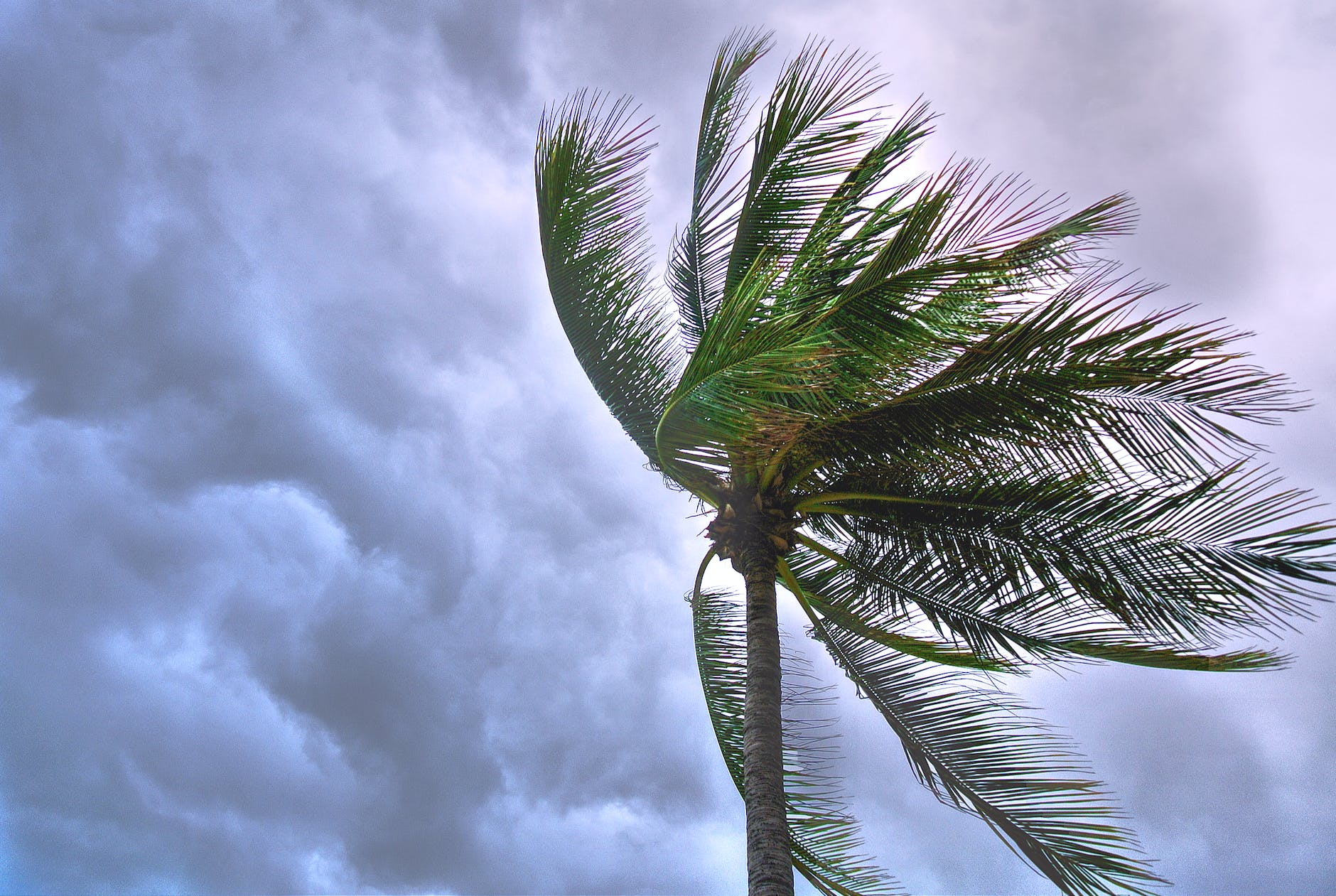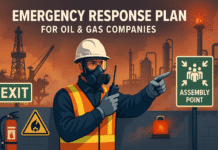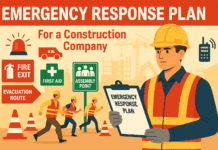
Storm Drain Protection: Preventing Pollution in Outdoor Work Areas
Introduction
Outdoor work areas are susceptible to pollution risks, especially during storms when rainwater can carry contaminants into storm drains. Storm drain protection is a critical aspect of environmental stewardship, ensuring that pollutants are kept at bay, safeguarding ecosystems, and maintaining compliance with environmental regulations. This article explores the importance of storm drain protection and effective strategies for preventing pollution in outdoor work areas.
Understanding Storm Drain Pollution
- Sources of Contamination
- Chemical Runoff: Rainwater can pick up chemicals, oils, and debris from outdoor surfaces.
- Sedimentation: Soil erosion during storms can lead to the introduction of sediment into storm drains.
- Illicit Discharges: Unauthorized discharges of pollutants directly into storm drains.
- Impact on Water Bodies
- Aquatic Ecosystems: Polluted stormwater can harm aquatic ecosystems, affecting fish and other wildlife.
- Water Quality: Contaminants in stormwater can degrade the quality of receiving water bodies.
Strategies for Effective Storm Drain Protection
- Educational Initiatives
- Employee Training: Educating workers on the importance of storm drain protection and the potential consequences of pollution.
- Informative Signage: Placing signage near storm drains to raise awareness and encourage responsible practices.
- Sediment and Erosion Control
- Silt Fencing: Installing silt fences to prevent soil erosion and sedimentation.
- Erosion Control Blankets: Using erosion control blankets to stabilize soil in vulnerable areas.
- Spill Response Plans
- Prompt Cleanup: Establishing protocols for prompt cleanup of spills to prevent contaminants from reaching storm drains.
- Spill Kits: Ensuring the availability of spill response kits in outdoor work areas.
- Vegetative Buffers
- Planting Vegetation: Creating vegetative buffers along water bodies to filter and absorb pollutants.
- Natural Filtration: Allowing vegetation to naturally filter and treat stormwater runoff.
- Proper Waste Management
- Secure Waste Containers: Using secure containers for waste disposal to prevent materials from being washed into storm drains.
- Recycling Practices: Emphasizing recycling to minimize the introduction of harmful substances into the environment.
- Regular Inspections and Maintenance
- Drainage System Checks: Conducting regular inspections of storm drain systems to identify and address potential issues.
- Clearing Debris: Removing debris from storm drains to maintain proper functionality.
- BMP Implementation
- Best Management Practices (BMPs): Implementing BMPs tailored to specific outdoor work activities.
- Continuous Improvement: Regularly reviewing and updating BMPs for ongoing effectiveness.
Compliance with Environmental Regulations
- Local Regulations
- Understanding Requirements: Familiarizing with local regulations related to stormwater management and pollution prevention.
- Permit Compliance: Ensuring compliance with stormwater permits and reporting requirements.
- Documentation
- Recordkeeping: Maintaining detailed records of storm drain protection activities and preventive measures.
- Audit Preparedness: Being prepared for environmental audits by having comprehensive documentation.
Conclusion
Storm drain protection is a vital component of responsible environmental management in outdoor work areas. By implementing educational initiatives, erosion control measures, spill response plans, and proper waste management practices, organizations can play a pivotal role in preventing pollution and preserving water quality. Compliance with environmental regulations and the continuous improvement of storm water management strategies contribute to sustainable and environmentally friendly outdoor work practices.
How to Validate Root Cause in Six Sigma
Root Cause Analysis Tools in Six Sigma
Process of Root Cause Analysis
Frequently Asked Questions (FAQs)
- Why is storm drain protection important in outdoor work areas?
- Storm drain protection is crucial to prevent pollution in water bodies. Rainwater can carry contaminants into storm drains, impacting aquatic ecosystems and water quality.
- What are common sources of storm drain pollution?
- Common sources include chemical runoff, sedimentation from soil erosion, and illicit discharges into storm drains.
- How can organizations ensure compliance with environmental regulations for storm drain protection?
- Organizations can ensure compliance by understanding local regulations, maintaining documentation, and being prepared for environmental audits.





















